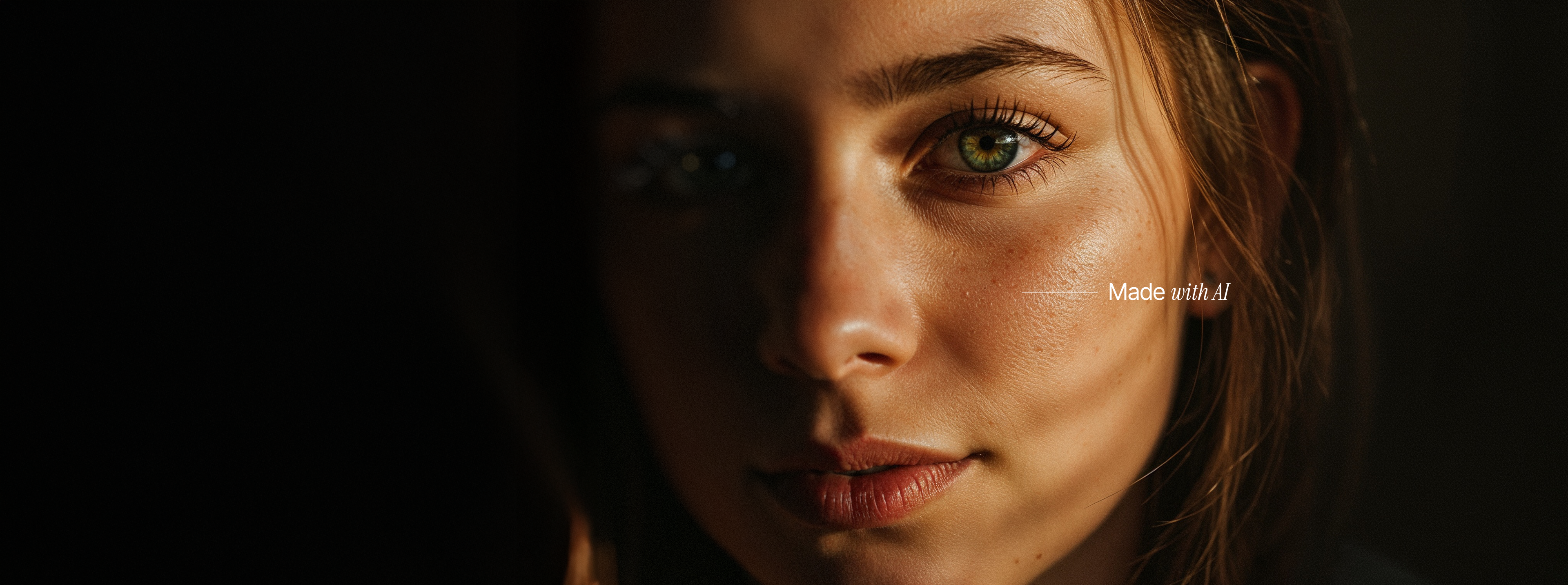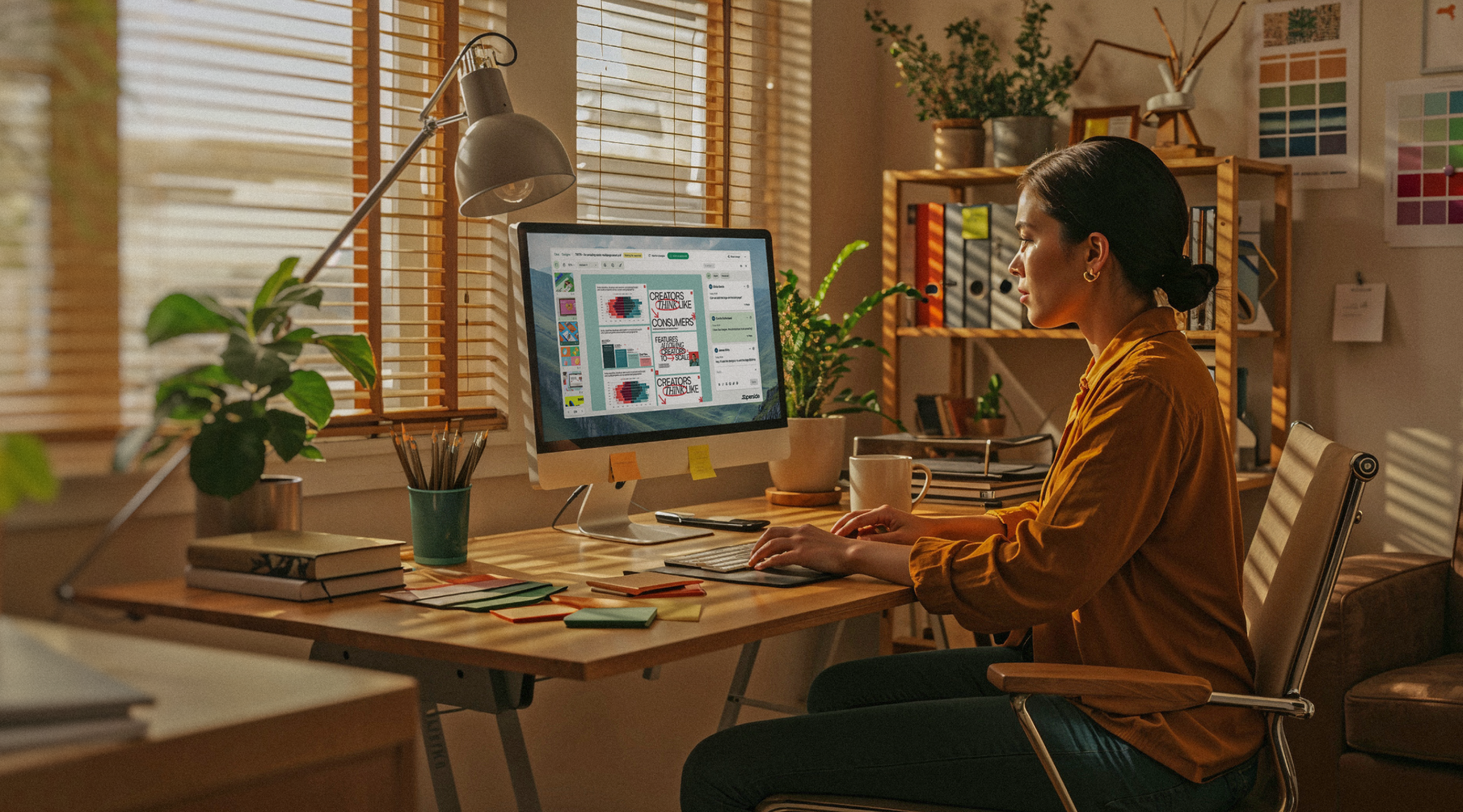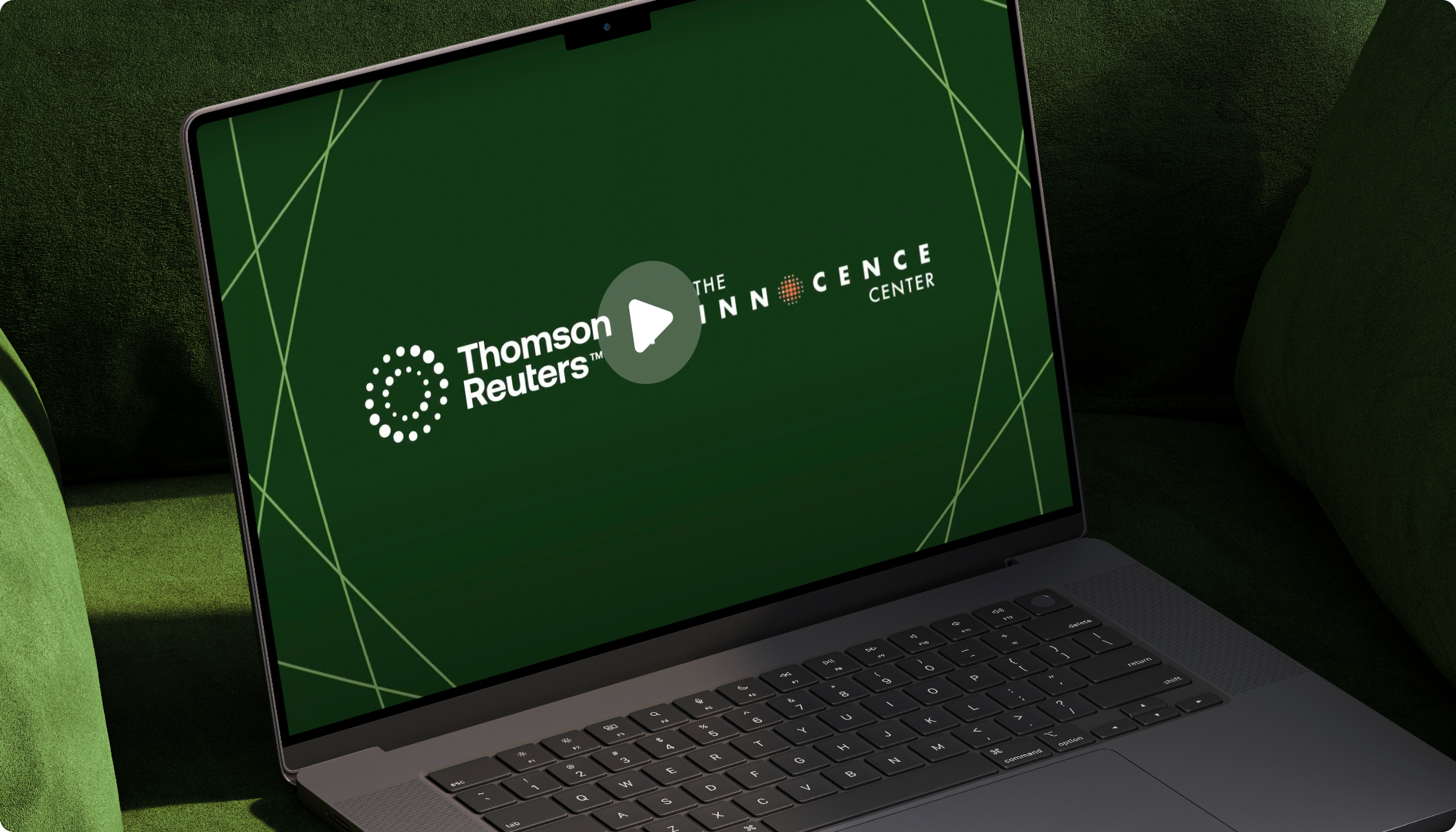Consistency and Expertise: Powering Creative Solutions for Enterprise Teams

Dear Jen,
While I'd love to have an AR filter for our upcoming event, it's only two weeks away. Honestly, it'd take me that long to find someone who can do it. But you can trust that all your other assets will be fabulous!
Wanda Do Better
PS: I really hope we can try AR and other approaches in the future. I just can't see how we'd do it right now.
Expertise and consistency go hand-in-hand.
Accessing the creative services and skills you need to reliably support an ongoing range of needle-moving activities and campaigns is crucial to hitting your growth targets.
When we talked to marketers and creatives at enterprise and mid-market businesses about what keeps them from achieving these goals, expertise and consistency were the second biggest enterprise design challenge.
Even though in-house creative teams have proven their value and cost-effectiveness—with 65% of respondents quietly moving more budget to these mighty teams—there’s only so much one team can do.
Enterprise teams need better ways to plug into creative expertise for a non-stop supply of new ideas and high-performing creative.
That’s where we come in. But, first, let’s set the stage, tell you why Superside is the best way to empower your team, then show you how we’ve helped brands like 6Sense, Boomi, AIE and Shopify create instant impact.
The Challenges In-House Teams Face With Creative Expertise
The In-House Creative Expertise Paradox
According to Cella’s 2023 In-House Creative & Marketing Industry Report, in-house creative teams cite both the quality of their work and the depth of brand and business knowledge as central to the value they provide.
The problem isn’t talent or acumen, it’s resources
Whether it’s a team of five or fifty, there’s simply not enough expertise to meet demand. And when in-house teams are spread thin, projects get bogged down, which is a huge pain for getting to market quickly.
Nearly half, 40% of the enterprises we interviewed voiced frustration with their in-house team’s turnaround times. Yet, in-house teams still fared better than agencies, which had a 46% disapproval rating in terms of speed.
Traditional Agencies and Freelancers Are Only Partial Solutions
There’s a time and place for agencies and freelancers. Nearly 60% of the businesses we spoke with rely on their in-house creative teams in combination with agencies or freelancers to get the creative they need.
Cella’s report showed 80% of in-house teams outsourced projects to agencies and freelancers and many Superside prospects and customers also follow the same approach to get greater creative capacity and bandwidth.
It’s not a quality problem, it’s an availability problem
Like the in-house teams themselves, the issue with agencies and freelancers isn’t the quality of the work. Traditional blockers include slower time to start as well as limited availability.
Any given agency or freelancer can only take on a certain amount of work at any given time. Not to mention, they tend to specialize in certain skills and can only take on specific kinds of projects.
Furthermore, in-house teams wind up being the ones who have to manage agency and freelancer projects, while trying to keep an eye on costs as well. It’s really not the best work environment for anyone involved.
Inconsistent Production and Uninspired Results
When you don’t have the creative skills and services you need to keep up with demand, designers start to rush, quality suffers and stakeholders get misaligned.
The creative feels, “meh” and so does everyone else.
There’s no relationship building, learning loops or optimizations. It’s harder to experiment and test ideas, identify process improvements or even upskill your staff. The battle becomes consistent disappointment instead of consistent growth.
Get the Expertise and Consistency You Need
If you’ve been nodding your head as you’ve read along, we feel you and we’ve got a better way for you to empower your in-house creative teams, marketing teams and your entire company.
Pretty good elevator pitch right? But, let’s back up these nice words with real-world examples of how Superside brings in-house teams creative expertise and consistent ways to engage audiences.
How Boomi and 6Sense Got Instant AI, AR and 3D Expertise
Wanting to stand out in a crowded tech marketplace, Boomi wanted an effective way to build a library of distinctive brand images.
Recognizing this was a great opportunity to use AI-generated images, Superside developed AI-enhanced workflows that pushed the boundaries of creativity and gave Boomi a killer collection of one-of-a-kind images—faster and more cost-effectively than traditional methods.
More than convinced of AI’s force multiplying effect, Boomi continues to expand its collection of AI images, developing assets for a wide range of digital campaigns.
A before and after of a Boomi lead generation ad refreshed with AI imagery
When 6Sense decided to wow attendees at its annual convention, aptly named Breakthrough, Superside’s AR and 3D expertise helped the company pull together a stunning immersive experience in only three weeks. For an event focused on looking to the future, the awe-inspiring images that came to life right before your eyes were unforgettable.
How AEI and Shopify Consistently Produce High-Volume Ads
Ensuring a consistent supply of ad creative isn’t about one single creative service or skill set. The efficiencies come from the workflows, as well as the design partner’s ability to adapt and respond as needed.
Using tools, like Figma, which allows for feedback within the layout along with built-in brand guidelines and design systems that speed ad production and versioning, Superside helps AEI get ad creative up to 70% faster.
Shopify’s Amir Jaffari was building a growth workshop that would let Shopify be on all channels, in multiple countries and forever testing new concepts. But, his in-house teams were already stretched thin. Partnering with Superside helped the brand get up to 4,000+ assets per concept, often in as little as 24-48 hours.
Plug Into an Extension of Your Team
Every in-house team wants to be as enabled as possible and your outsourcing partner should make this happen. To learn more about how Superside can help you tap into expertise and consistency, book a call for a quick chat.
Miles DePaul is the Former Director of Demand Generation at Superside, helping bring design services at scale to enterprises around the world. Outside of Superside, you can find him wandering the streets of Toronto, Canada, looking for tennis courts, hockey rinks, a lakeside view or a fancy cocktail. Connect with Miles.
You may also like these
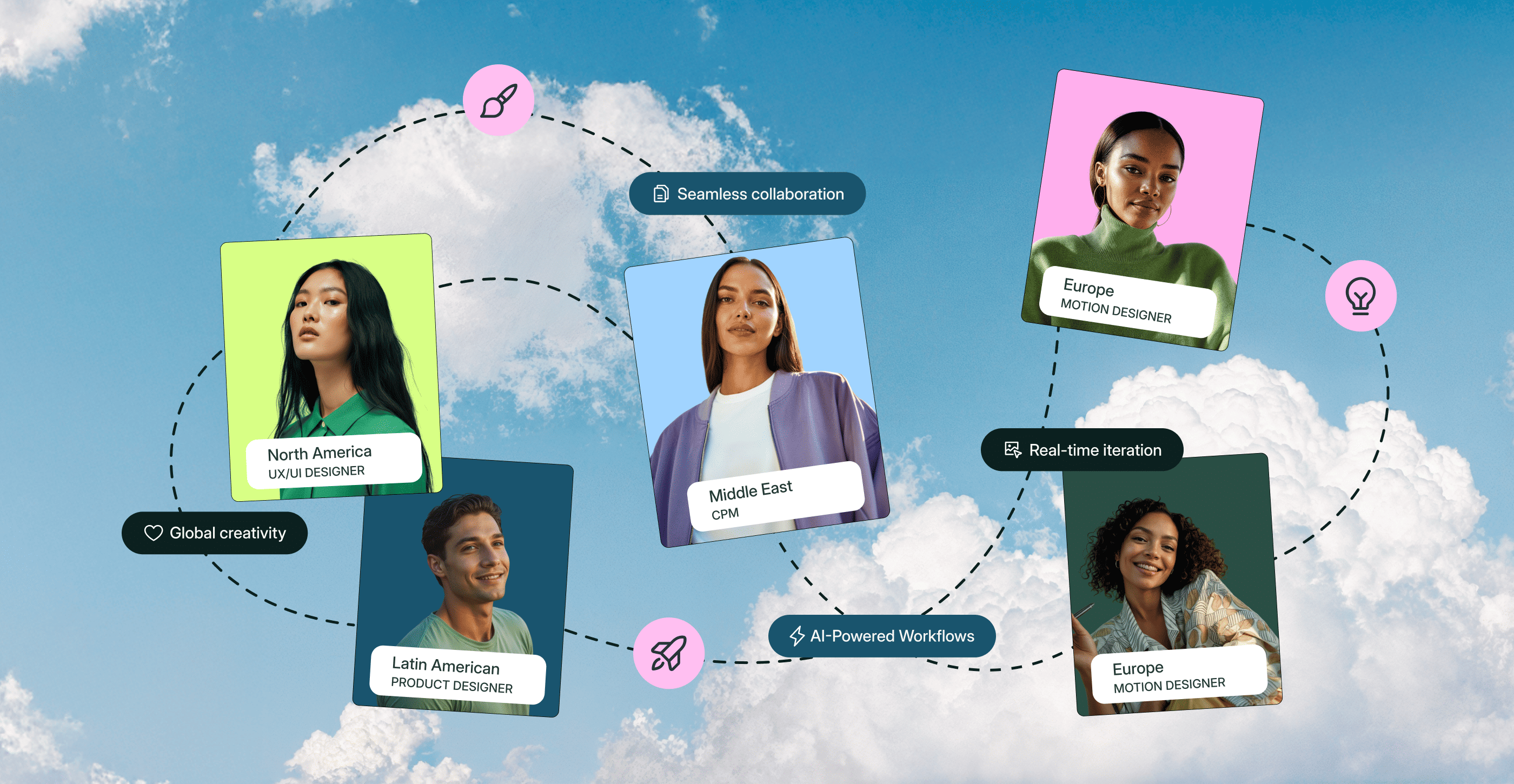
10 best remote design companies to hire in 2025
Forget stuffy boardrooms and cross-country commutes. AI, big data, cloud technology and borderless collaboration drive today’s creative breakthroughs. Global brands, from San Francisco to Seoul, now tap into remote design companies for creative solutions delivered at speed and scale.The ability to look beyond local options opens your enterprise up to a world of creative partnership opportunities. The best global design partners can also help you scale your design output without the need to hire more in-house staff or resort to slow, expensive traditional agencies. You’re spoiled for choice once you start to look beyond your city or region.A crucial part of the vetting process is, of course, to check whether the remote team you’re eyeing consistently delivers top-quality work. Google notes that up to 70% of a campaign’s effectiveness is directly tied to the quality of its creative content. At Superside, we understand the scale, flexibility and deep creative capabilities today’s ambitious enterprises demand. We’ve drawn on our inside knowledge as a fully remote, AI-powered creative partner to compile this shortlist of remote creative companies to consider. Read on to find your perfect match.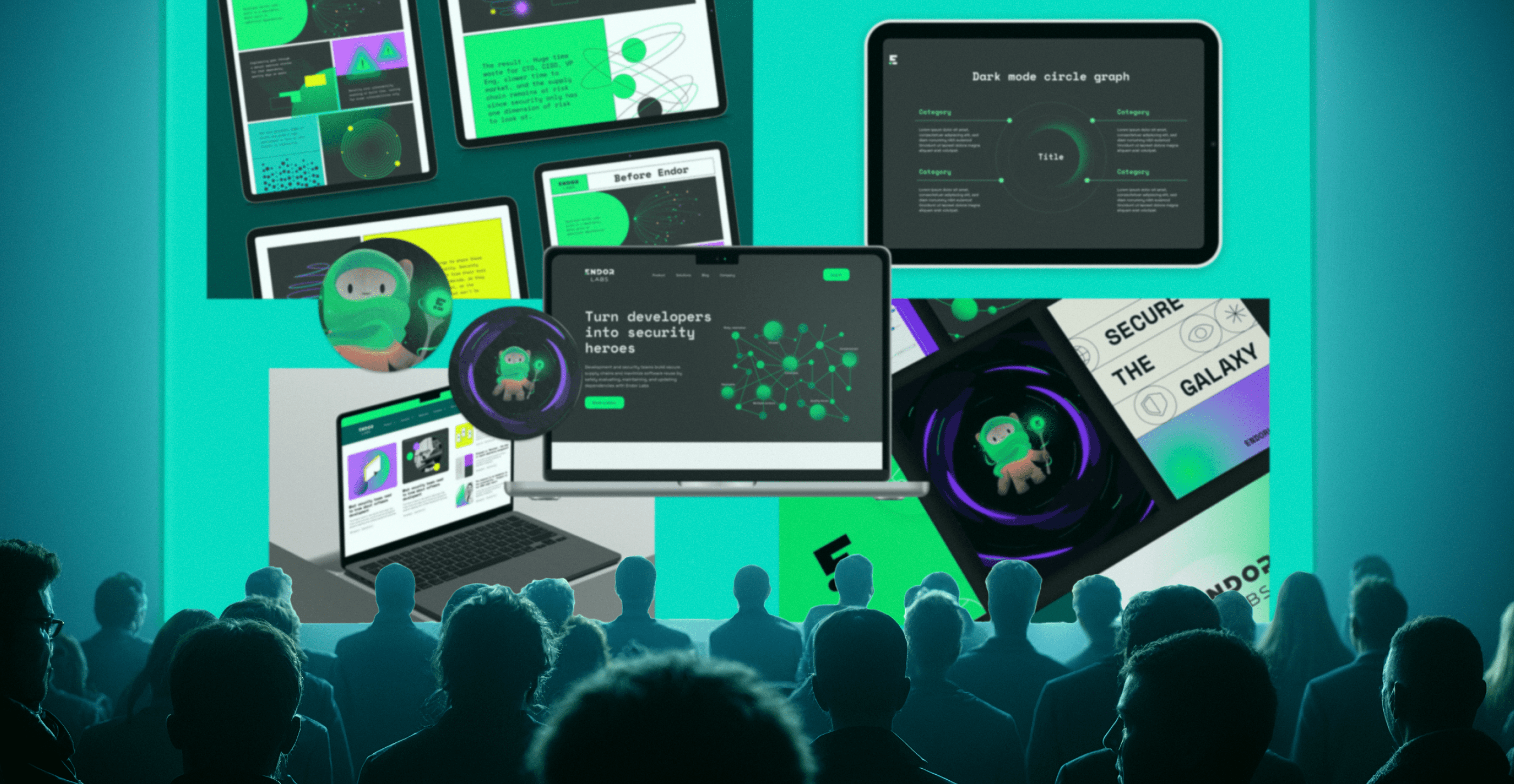
10 digital design agencies that deliver enterprise-ready work
We live in a digital-first world where exceptional digital design is pivotal to marketing success. Design shapes how people connect with your brand. Every screen, scroll and click is a growth opportunity.In 2025, the global graphic design services market is valued at USD 55.1 billion and is projected to reach USD 81.3 billion by 2030. The digital design segment, which includes everything from web and app to landing page and social design, is rapidly expanding as our reliance on digital platforms and mobile devices intensifies.This growth highlights the demand for persuasive digital design. It also reveals the extent of noise and fragmentation in the online marketing space. It’s no wonder brands struggle to keep pace and stand out.Do you already juggle too much? A trusted digital marketing partner can take the creative load off your plate.The dilemma is not so much whether to enlist the help of enterprise design services, but which agency or service provider to hire. In this article, we shortlist 10 top digital design agencies and delve into the key criteria that make them an ideal fit for enterprise brands, with insights from our very own Helene Botha, Group Creative Director at Superside.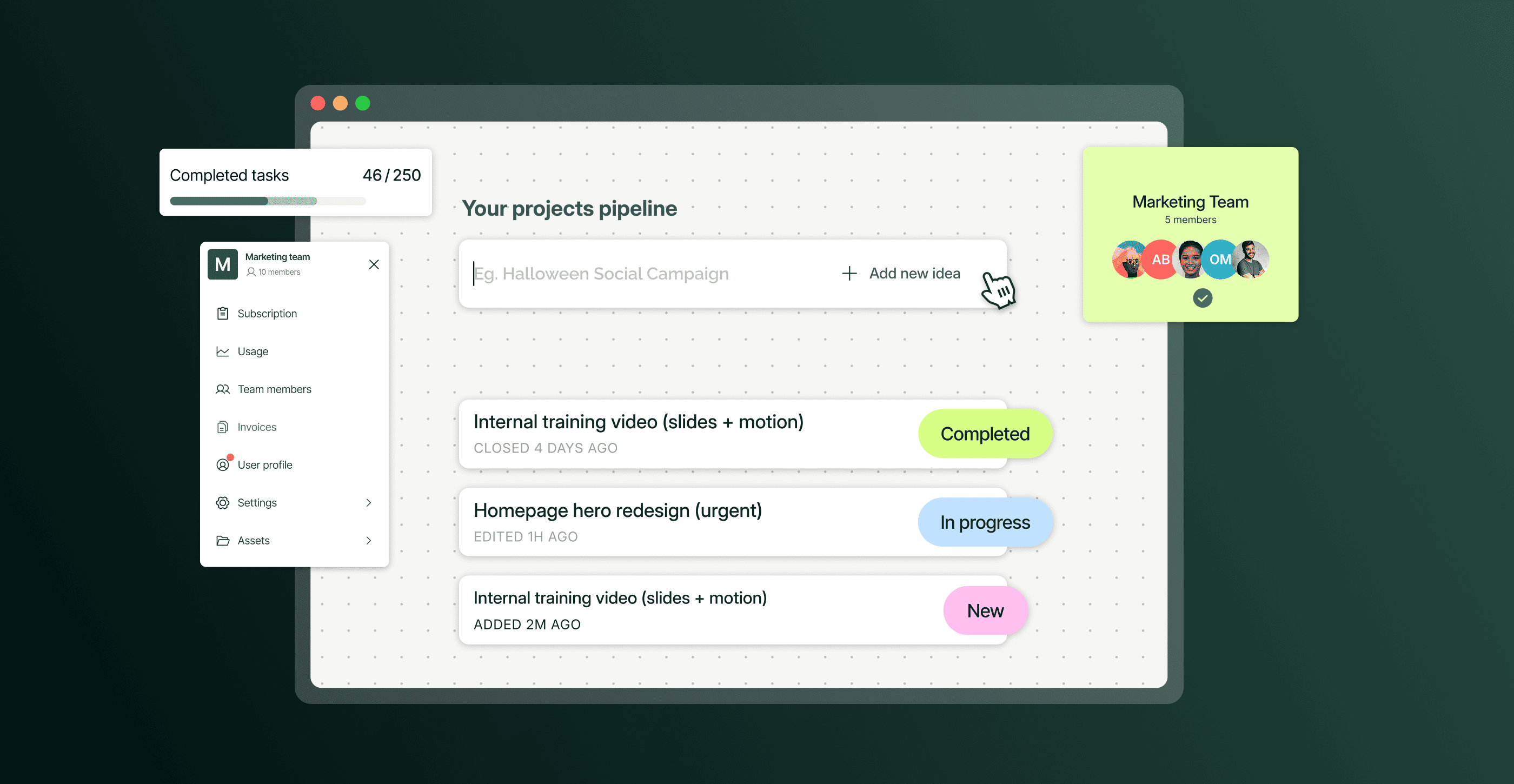
10 best on-demand design services to consider in 2025
What if the problem with your dedicated design team isn’t talent, but the way you’ve structured your workflows and external support?In 2025, in-house creative teams often hit their limits early, traditional agencies can’t keep pace with demand and freelancers introduce inconsistencies and risk. The result is missed deadlines, inconsistent brand execution and team burnout in a market that demands more, faster.Our Overcommitted report highlights a common challenge: Two in five creative professionals feel their teams are understaffed. It’s no wonder then that 46% of marketers outsource work in an effort to scale efficiently and control costs.Yet, even with external support, many teams struggle to deliver high-quality creative assets across multiple channels. Another possible challenge? 47% of marketers believe the pool of strong creative talent has shrunk.Traditional solutions simply can’t keep up with today’s enterprise demands. That’s why top-notch design subscription services and smart design packages are more popular than ever. The best partners centralize every design project, offer anytime access to creative workflows, adapt to business needs in a heartbeat and consistently uphold brand standards.

